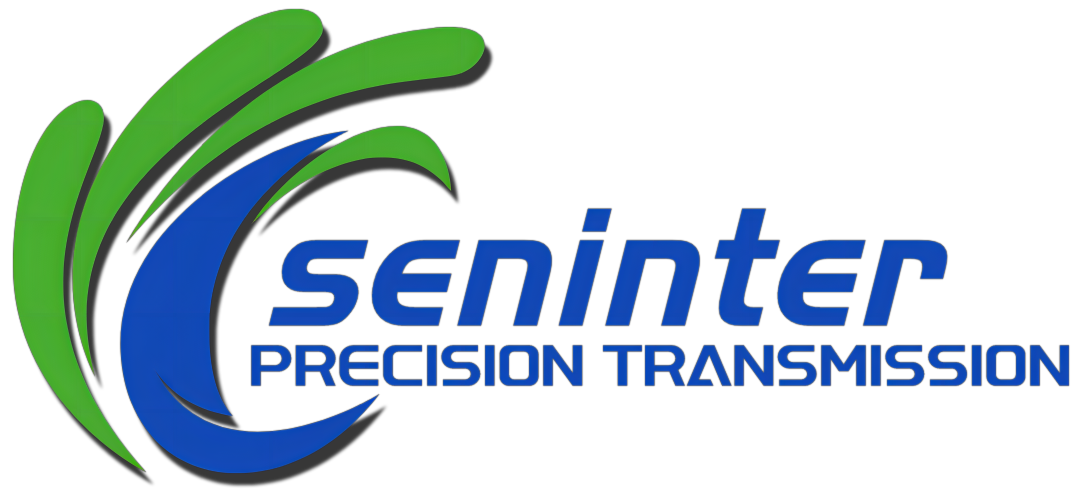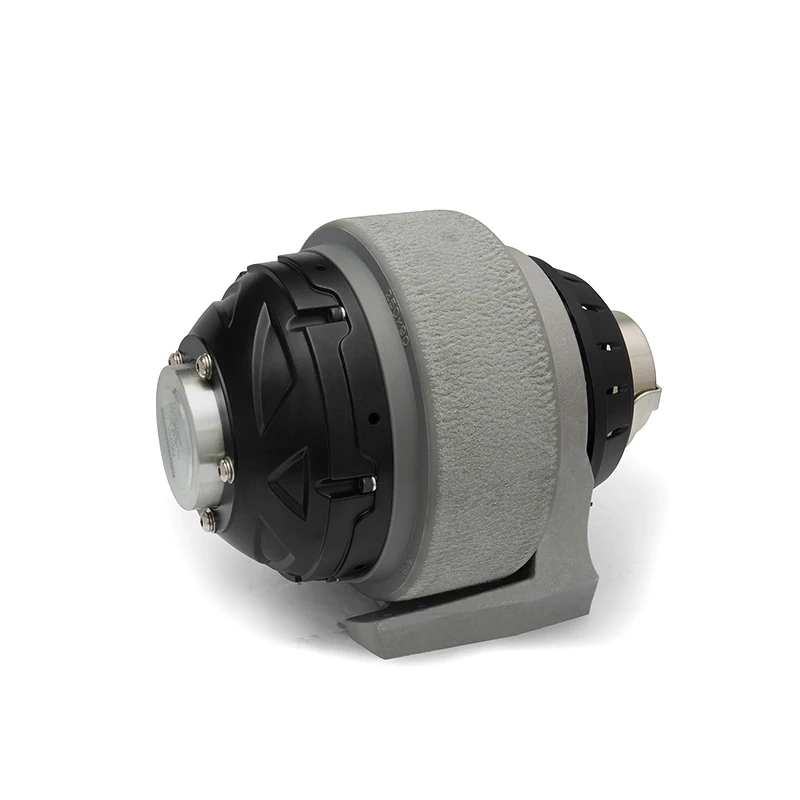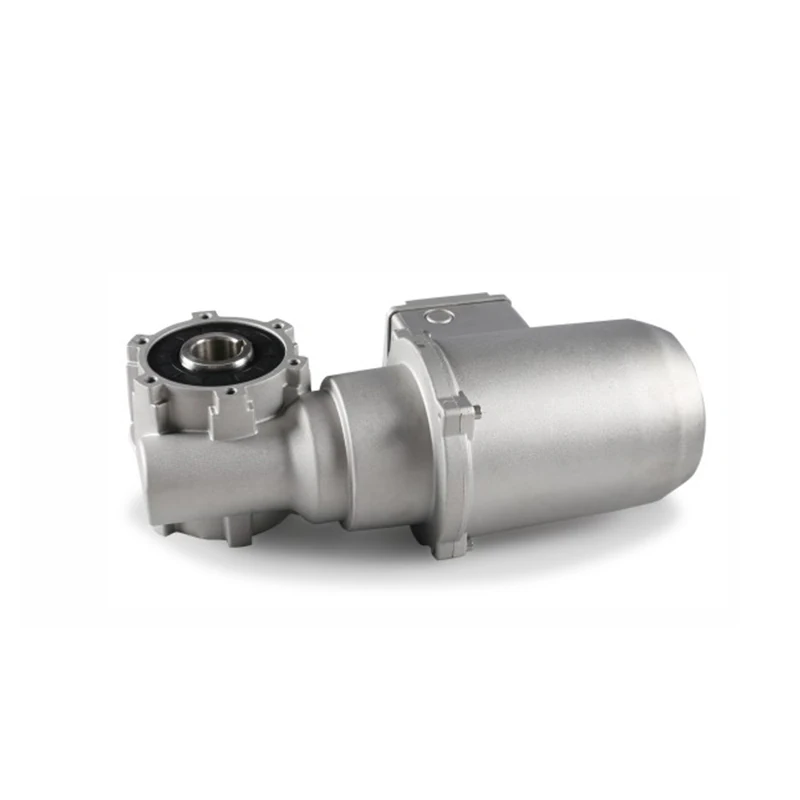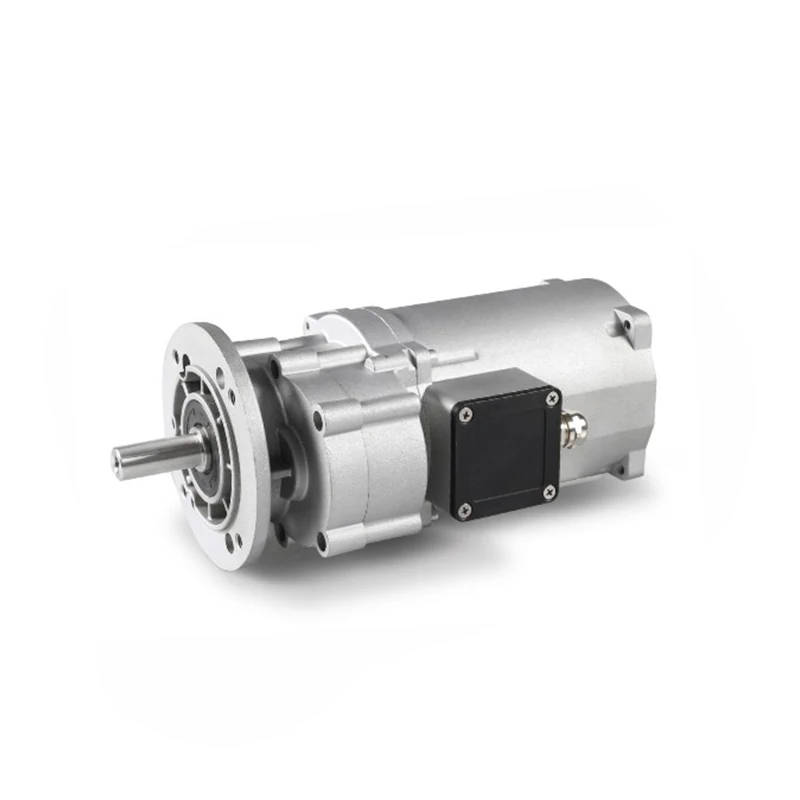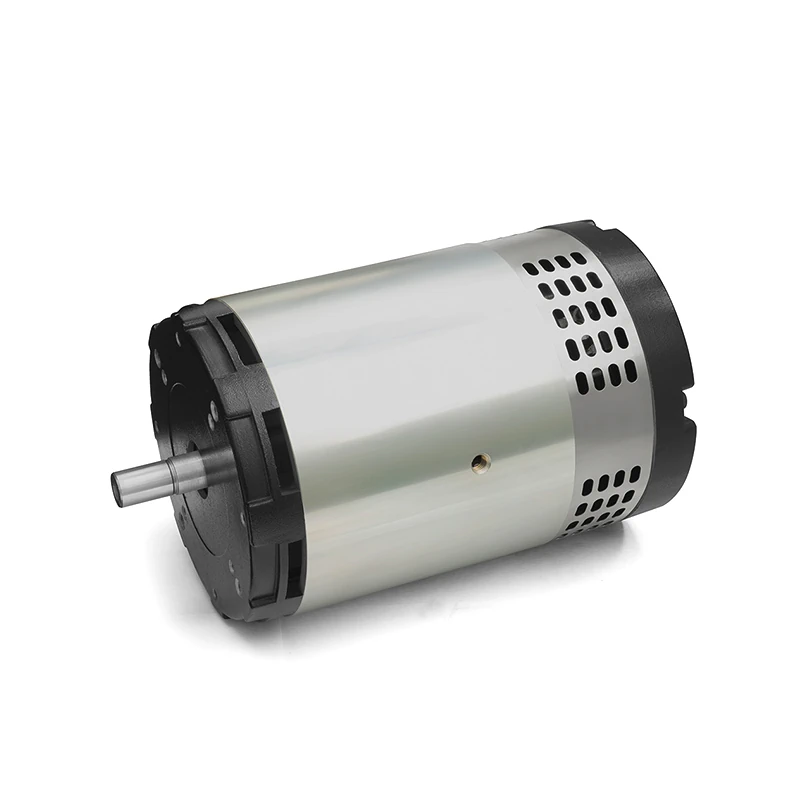Enhancing the traction of a hub-driven wheel involves a range of strategies that address tire selection, maintenance, and driving practices. Here are the rephrased methods to boost wheel traction:
Tire Selection: Opt for tires that offer superior grip, with tread patterns and depths that match the intended terrain and conditions. For off-road use, select tires with aggressive treads and larger blocks for enhanced traction.
Tire Pressure: Ensure optimal tire pressure to maximize the tire's contact with the ground, which directly influences traction. Regularly check and adjust tire pressure according to the vehicle manufacturer's guidelines.
Tire Composition: Utilize tires with a more adhesive compound to increase the friction against the road, thus improving traction. Some tires come with specialized tread designs for better grip on slippery or muddy terrain.
Traction Aids: In certain conditions, employing aids such as tire chains, steel plates, or snow chains can enhance the tire's grip on the surface, leading to better traction.
Weight Distribution: Maintaining an even distribution of weight in the vehicle can improve traction, particularly in off-road or challenging environments, as it minimizes the chances of wheel spin or loss of contact.
Driving Techniques: Adopting the correct driving techniques, such as smooth acceleration and deceleration, and avoiding abrupt maneuvers, can optimize the tires' traction capabilities.
Regular Maintenance: Routinely inspect and maintain critical wheel drive system components, including wheel bearings, drive shafts, and braking systems. Proper lubrication and tightening can reduce mechanical friction and improve overall traction.
System Selection: Choose a hub drive system that suits your requirements and intended use. Some systems may offer advanced features like differential locks or traction control modes, which can significantly enhance traction and off-road capabilities.
By implementing these strategies, you can significantly improve the traction of hub-driven wheels, leading to better vehicle performance and control.
